I have found few posts for this problem but none of them solved my issue.
Say like I've..
- ViewControllerA
- ViewControllerB
I tried to add ViewControllerB as a subview in ViewControllerA but, it's throwing an error like "fatal error: unexpectedly found nil while unwrapping an Optional value".
Below is the code...
ViewControllerA
var testVC: ViewControllerB = ViewControllerB();
override func viewDidLoad()
{
super.viewDidLoad()
self.testVC.view.frame = CGRectMake(0, 0, 350, 450);
self.view.addSubview(testVC.view);
// Do any additional setup after loading the view.
}
ViewControllerB is just a simple screen with a label in it.
ViewControllerB
@IBOutlet weak var test: UILabel!
override func viewDidLoad() {
super.viewDidLoad()
test.text = "Success" // Throws ERROR here "fatal error: unexpectedly found nil while unwrapping an Optional value"
}
EDIT
With the suggested solution from the user answers, ViewControllerB in ViewControllerA is going off the screen. Grey border is the frame I have created for the subview.

